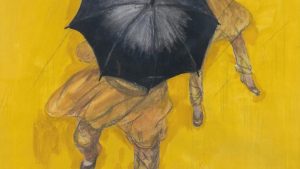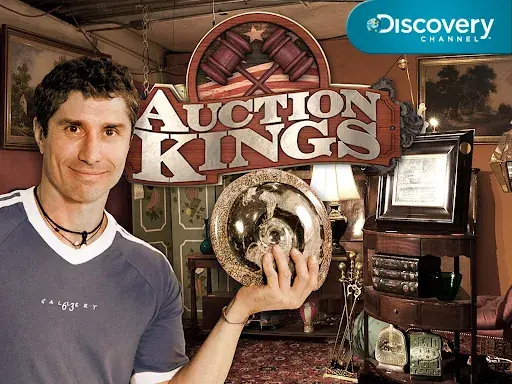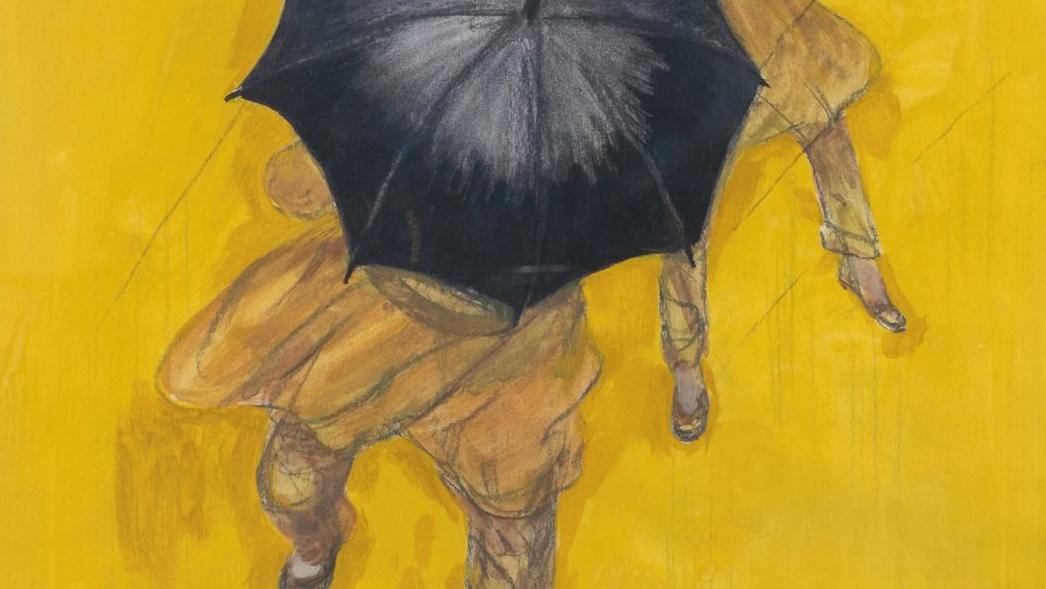From Shakyamuni to Pan Yuliang
The historical Buddha and the Chinese painter were the stars of Far Eastern art.

Adjugé : 260 000 €
In the style of the mountainous region of Kashmir – now divided between India, China and Pakistan – or of the Swat Valley – located in the latter country – this Buddha created a surprise at €260 ,000 . With palm outstretched and fingers pointing down, he performs the gesture of giving, known as varada mudrâ. Dressed in an extremely pleated sanghati, covered with a tasselled cape adorned with flowers in relief, formerly inlaid with tinted glass, he is adorned with a crown, floral earrings and a necklace. His lips are inlaid with copper, his eyes and the urna on his forehead with silver. He is seated on a cushion carried by two lions, mounted on a double lotus pedestal preserving remnants of Sanskrit inscriptions, between kneeling donors. Pan Yuliang (1895-1977) also made a name for herself, her Still Life with Fruit (50 x 60.5 cm) painted in oil on board in 1939 fetching €59 ,800 . Arriving in France in 1921, she was one of the first Chinese students at the Académie des Beaux-Arts in Lyon, and the first of them to exhibit at the National Exhibition in Rome four years later. She was also a pioneer in her own country in 1928, no woman artist having had a solo exhibition there before her. Returning from Shanghai in 1937, she studied with Lucien Simon at the Beaux-Arts in Paris. Two years later, she exhibited four works at the Salon national des beaux-arts, including a still life that could be this one. Lin Fengmian’s Fleurs et pêches (see Gazette no. 37), meanwhile, found no takers. Porcelains from the Kangxi period (1662-1722) included a yenyen-shaped vase (h. 76.5 cm) in green family porcelain, depicting the birthday of General Guo Ziyi, which fetched €21,450 .










